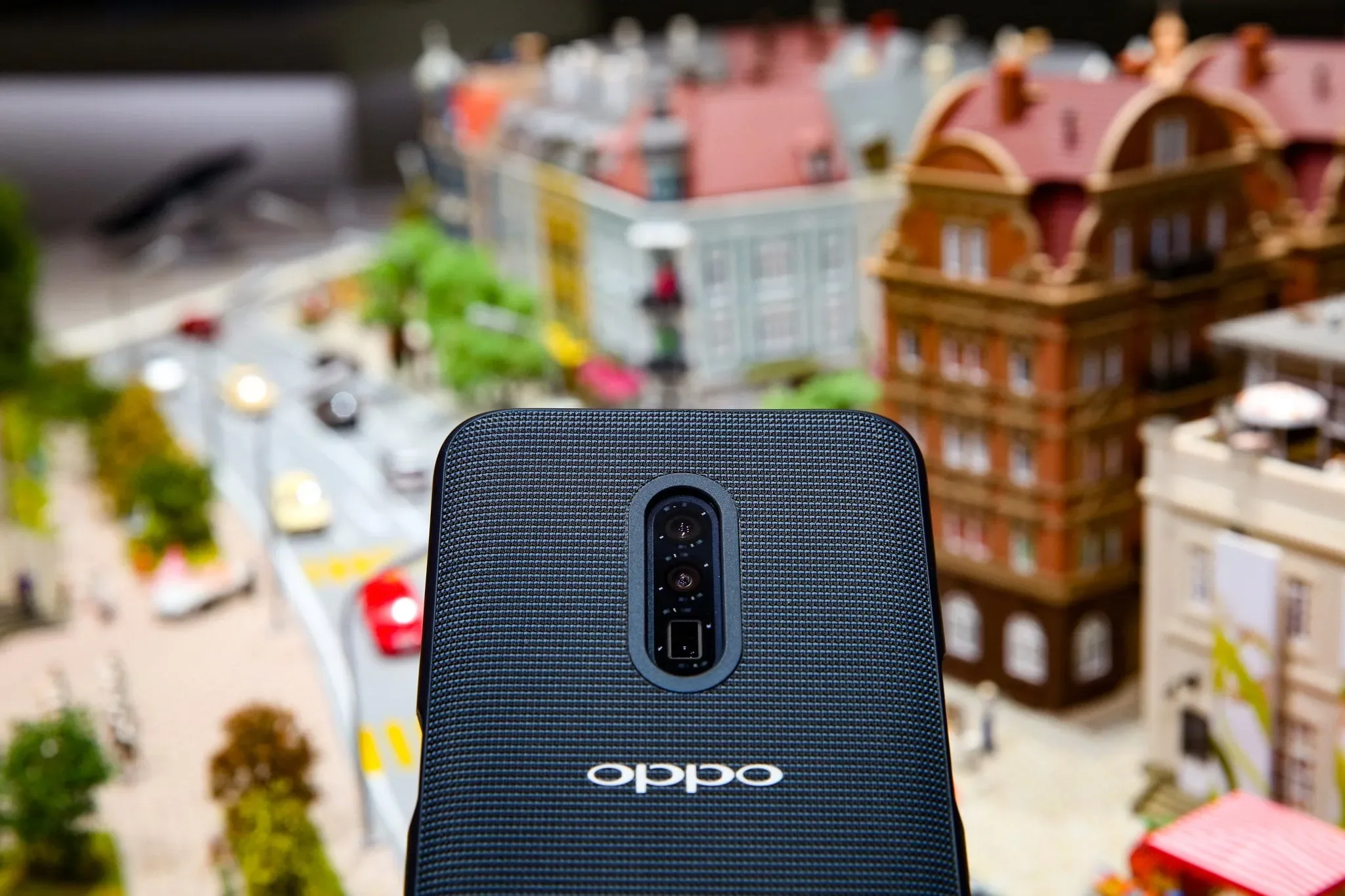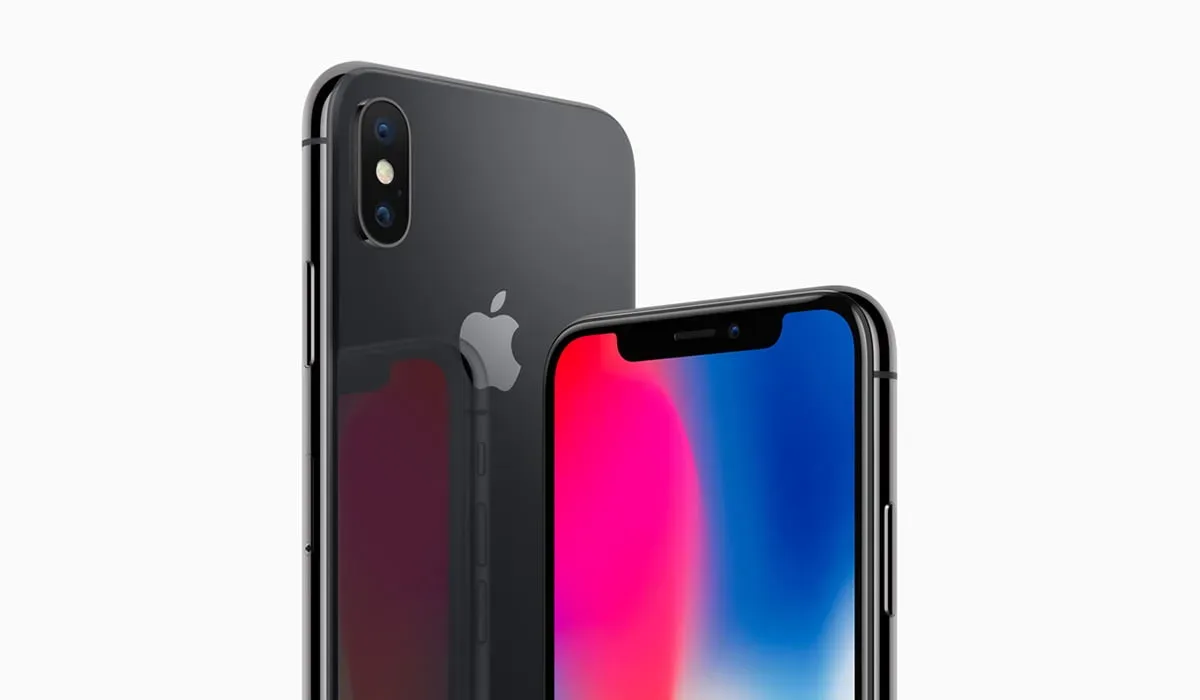Plastic waste, discarded fishing nets, and ocean pollution are threatening to marine life and coral reefs. Carbon footprints and methane emissions are a danger to sustainable life on planet earth. Plastic is giving caution about the essentiality of the sustainable and green environment.
Samsung wants to create a green and healthy environment. It is protecting the sustainable environment and decreasing the carbon footprints. “The Galaxy for the planet” is focusing on using the “repurposed ocean-bound discarded” fishing nets in all the Galaxy devices.
That’s why the Galaxy unpacked event 2022 has launched the Galaxy S22 with some parts made from discarded, recycled fishing nets. Let’s know more about recycled fishing nets and how Samsung is creating a healthy green community through its entire product lineup.
Where is Samsung using the recycled fishing plastic net?
The threat to ocean life and coral reefs is huge. Plastic stuck to the fishing nets can kill the coral reef, which could reduce the oxygen level, and thus it’s a grave danger to all the ocean species. Samsung has started the “Galaxy for the planet” initiative. It aims to protect greenery, endangered species, and a sustainable ecosystem.
But where will Samsung use the “Ocean-bound” recycled plastic? In the unpacked Galaxy 2022 event, Samsung has announced that the Galaxy S22 lineup will use recycled plastic from the fishing nets. Samsung has used recycled plastic in the inner parts of the power and volume keys. Moreover, the silo of the in-build S pen is also made from plastic. However, Samsung has manufactured speakers from post-consumer plastic material.
Get excited green enthusiasts, as Samsung has used 100% recycled paper in the flagship Galaxy S22. Where the other tech giants are just boasting, Samsung has practically implemented the most crucial aspect of the “green technology”.
Harms of discarded fishing plastic nets
“Ocean-bound plastic” is a grave danger to marine life and the entire ecosystem as well. The danger is great and measures are lacking across the tech industry. But in this indifference, Samsung has taken a step to tackle this problem. We abandon 640,000 tons of fishing nets in the ocean yearly with no regard to the health of the ocean species and flora and fauna.
Natural habitats and ocean life are in danger because of these submerged fishing nets. Some of them entrap the ocean species and most of them add tiny pieces of plastic to spoil and pollute the ocean water. That further degenerates the deep trenches.
The disadvantage spreads throughout the ocean to the people who want to sustain their lives through seafood. That’s why the measure Samsung has taken is a propitious step for all life on earth.
Role of Samsung in shaping a sustainable mobile community
Technology is rotting the planet with carbon footprints, methane, and plastic waste. Globally ocean-bound plastic is wreaking havoc and is causing cancer and many other diseases. Thus, taking measures against rising ocean pollution is the foremost responsibility of the tech giants.
Samsung again has gone beyond the boundary of possibility. It has established a new convention of great care for the sustainable environment. Similarly, it has incorporated the use of the “discarded fishing nets” and post-consumer plastic material into the Galaxy S-series. This is a monumental step towards constraining the dangers of plastic on ocean life.
The bottom line
Rising carbon emissions, methane gasses, and “ocean-bound plastic” wastes are great dangers to the ecosystem. Without working on many fronts, the temperature will keep on rising and the danger from the discarded plastic fishing nets will continue to harm marine life and coral reefs.
Thus, the launch of Galaxy S22 with ocean-bound plastic material is a monumental step. However, there is a lot more to do to bring down the danger to the ocean and marine life. That’s why Samsung has committed to sustainable practices in all the stages of production. It has vowed to address all the problems by 2025 to create a stable, healthy, and sustainable technology.




Share Your Thoughts